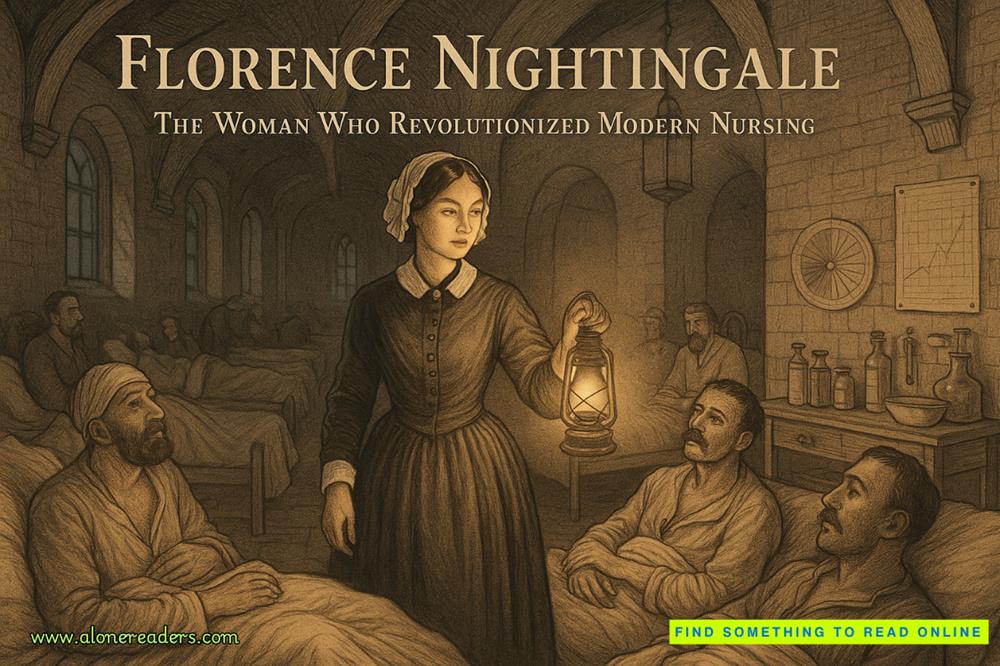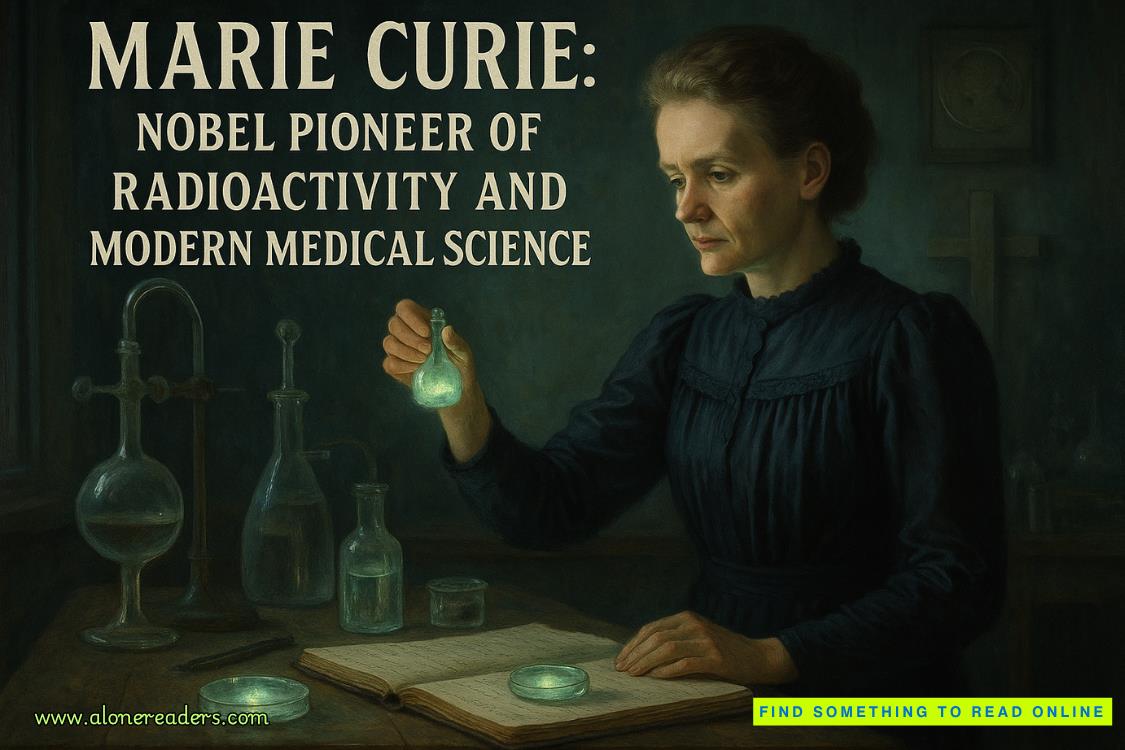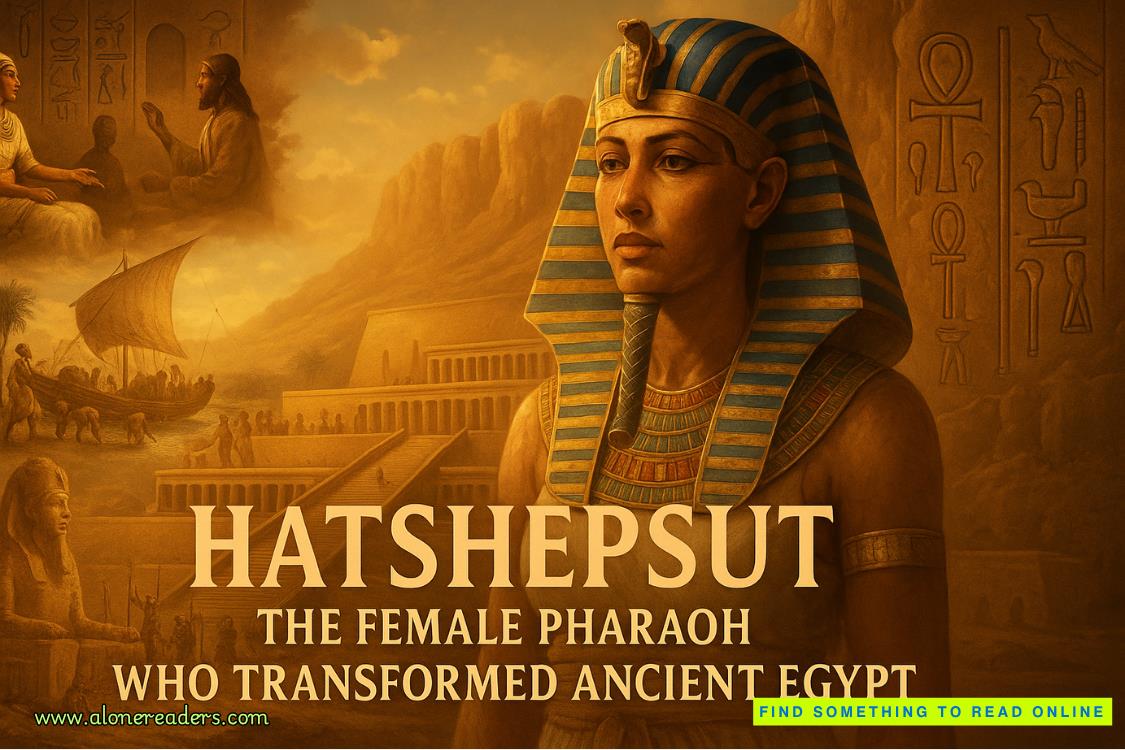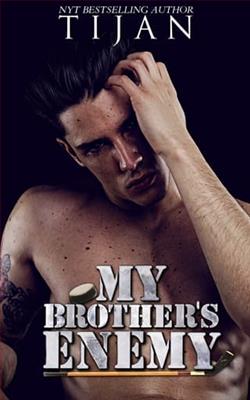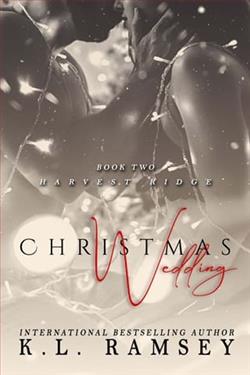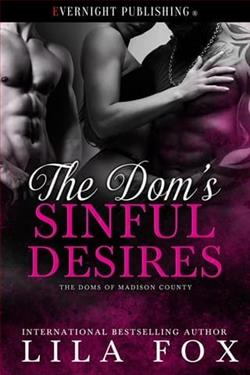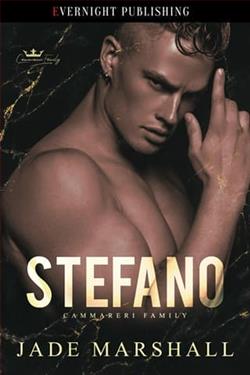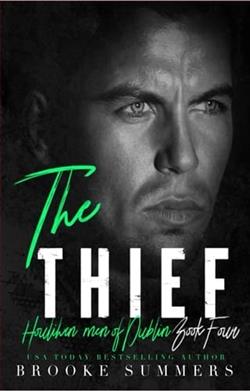Page 304 of Troubled Blood
“And that’s what Talbot wrote in his horoscope notes, too,” said Robin. “But that’s not how it should have been, if those two women were the Fleurys. Where’s that picture?”
“Box one,” said Strike, shoving it toward Robin with his real foot.
She crouched down beneath the desk and began searching the photocopied papers until she found the sheaf of newspaper clippings Strike had shown her, months previously, in the Three Kings.
“There,” said Robin. “Look. There.”
And there was the old picture, of the two women who’d come forward to say that they were Ruby’s struggling women: the tall, broad, younger woman with her cheery face, and her aged mother, who was tiny and stooped.
“It’s the wrong way round,” repeated Robin. “If Fiona Fleury had leaned on her mother, she’d have flattened her…” Robin scanned the few lines beneath the picture. “Cormoran, it doesn’t fit. Fiona says she was wearing the rain hat, but Ruby says it was the short woman who had the rainhat on.”
“Ruby was vague,” said Strike, but Robin could see his interest sharpening as he reached out for these pieces of paper. “She could’ve been confused…”
“Talbot never thought the Fleurys were the people Ruby saw, and this is why!” said Robin. “The heights were reversed. It was the taller woman Ruby saw who was unsteady, not the little one…”
“So how come she didn’t tell Lawson the Fleurys couldn’t be the people she saw?”
“Same reason she never told anybody she’d seen Theo? Because she’d been flustered by Talbot trying to force her to bend her story to fit his theories? Because she lost confidence in herself, and didn’t know what she’d really seen? It was raining, she was lost, she was panicked… by the time it got to Lawson, maybe she just wanted to agree she’d seen the Fleurys and be left alone?”
“Plausible,” admitted Strike.
“How tall was Margot?”
“Five nine,” said Strike.
“And Creed?” said Robin.
“Five seven.”
“Oh God,” said Robin quietly.
There was another minute’s silence, while Strike sat lost in thought and Robin re-read the statements laid out in front of her.
“The phone boxes,” said Strike, at last. “Those bloody phone boxes…”
“What about them?”
“Talbot wanted Ruby to have seen the two struggling women beside the two boxes in Clerkenwell Green, right? So he could tie them to the van that was speeding away up Aylesbury Street, which was supposed to contain Creed.”
“Right,” said Robin.
“But after the Fleurys came forward, Talbot tried to get Ruby to agree she’d seen the two struggling women beside the first phone box, the one at the end of Albemarle Way.”
“But she wouldn’t change her story,” said Robin, “because she’d seen Theo there.”
“Precisely,” said Strike, “but that doesn’t make sense.”
“I don’t—”
“She’s driving round in an enormous circle in the rain, right, looking for this house she can’t find, right?”
“Yes…”
“Well, just because Ruby saw Theo get into a van by the phone box on one of her circuits doesn’t mean she can’t have seen two struggling women on her second or third circuit. We know she was hazy about landmarks, unfamiliar with the area and with no sense of direction, her daughter was very clear about that. But she had this very retentive visual memory, she’s somebody who notices clothes and hairstyles…”
Strike looked down at the desk again, and for the second time, picked up Irene Hickson’s receipt and examined it. Then, so suddenly that Robin jumped, Strike let the receipt fall and stood up, both hands clasped over the back of his head.
“Shit,” he said. “Shit! Never trust a phone call whose provenance you haven’t checked!”
